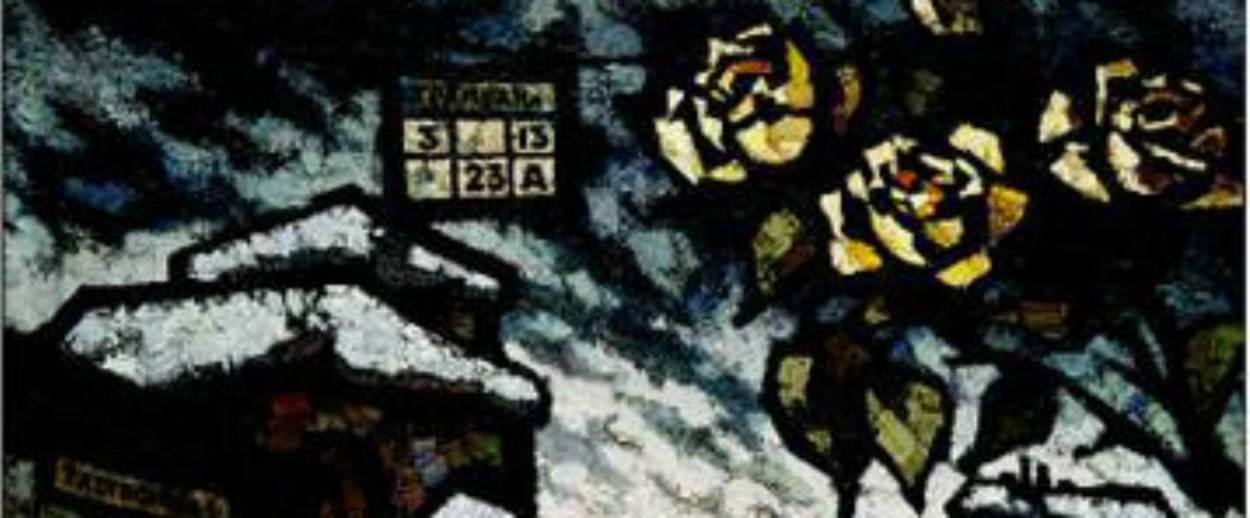Remembering Oscar Rabin
Tablet brings back an early profile of the great Soviet dissident artist who has died at age 90




The great Jewish ex-Soviet artist and dissident, Oscar Rabin (you might also see his name spelled as ‘Oskar’ or ‘Rabine’), has died at the age of 90. A New York Times obituary from Nov. 11, reports that Rabin died in Florence, Italy, where he had been staying “for an exhibition of his work at the Florentine branch of the I. Repin St. Petersburg Art Academy. It opened the day after his death.” The obituary notes that a new documentary about Rabin’s life and work has just been completed by filmmakers Alexander Smoljanski and Evgeny Tsymbal.
“When I went to call on the great ex-Soviet artist and dissident Oscar Rabine at his third-floor duplex apartment and studio in Paris, I found rare confirmation of an ingrained conviction that, at least once in a while, someone somewhere should get what they deserve …” So begins Vladislav Davidzon’s 2012 profile of Rabin, “Bulldozing Soviet Art.”
It continues:
… Filled with light and hanging over a café, Rabine’s dwelling in an opulent Haussmann-era building given over to rent-controlled artists’ housing on the Rue Quincampoix, with floor-to-ceiling windows overlooking the Place Pompidou, is a perfect habitat for a painter of city landscapes, as well as a testament to the glory of the French Socialist welfare state.
Orphaned as a boy, Rabine entered both art and political history irrevocably and decisively on Sept. 15, 1974, as a principal organizer of the infamous “Bulldozer exhibition” held in a vacant lot in Belyayevo forest, during which undercover police dressed as city workers destroyed 40 artists’ work with water hoses and bulldozers. Two of his better paintings were damaged. Rabine and the rest of the artists faced the bulldozers steadfastly and heroically, and he himself had to plucked by the secret police off the upper jaw of a bulldozer he clung to after it advanced on him. The ensuing international outcry made the Soviets backpedal and allow the group a 4-hour show freely attended by Soviet citizens in another park, with thousands cramming in to see the work.
Read the rest of the article here.
Tablet’s afternoon newsletter edited by Jacob Siegel and Park MacDougald.